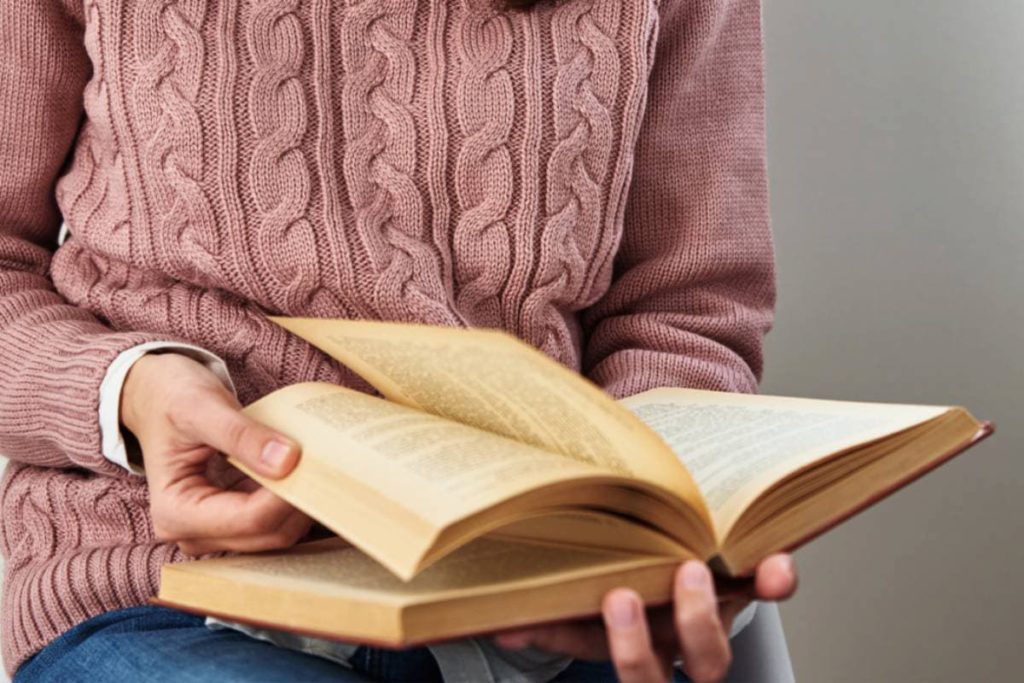We have come to associate poetry with emotions. Yes, we can cry, laugh, and hope in a story, movie, or play, but poetry evokes emotions in a few lines. How does that work?
Poetry evokes emotions because it is a multisensory experience. Imagery appeals to our sense of sight, rhythm, and meter to sound, while similes and metaphors can combine several senses. Also, readers expect an emotional response to poetry, so effective use of poetic techniques can evoke emotions.
Written poetry is the oldest form of human literature, dating back 4,300 years, and oral recitations of poems go back even further. Its longevity is a testament to its emotional effects on people. Let’s explore how that works in more detail.

Sense of Sight
The sense of sight is one type of imagery in poetry. Interestingly, imagery is defined by most as all human senses, including sight, sound, taste, smell, and touch. However, since sight is the sense that most of us rely on unless we are blind, we’ll focus on that separately.
Poets and writers are often advised to “show not tell,” and this applies in an art form where every word counts. In Birches, Robert Frost starts the poem with a visual description:
When I see birches bend to left and right
Across the lines of straighter darker trees,
I like to think some boy’s been swinging them.
But swinging doesn’t bend them down to stay
As ice storms do.
In the following lines, Frost invites the reader to also visualize frozen-over trees:
Often you must have seen them
Loaded with ice a sunny winter morning
After a rain.
Sound and Other Senses
Although we rely on sight, we experience the world through all the senses. A poet will incorporate other senses to make the poem “come alive.” Sound is the second most used sense because of its dual use.
First, a poet can describe a sound using auditory imagery, which is the use of sound in poetry. “The rooster crowed, the pots and pans clattered in the kitchen, and the kids were murmuring quietly when John woke.” In this example, sound imagery helps create a whole world.
In the haiku The Old Pond, Matsuo Bashō combines a visual, a frog, with onomatopoeia to create a pleasant surprise.
An old silent pond
A frog jumps into the pond—
Splash! Silence again.
Sound plays a dual role in poetry, which includes the actual sounds created by the words and rhythm of a poem.
The other three senses, smell, taste, and touch, can cause a strong emotional response. Frost uses touch later in his poem to create a strong emotional response:
Where your face burns and tickles with the cobwebs
Broken across it, and one eye is weeping
From a twig’s having lashed across it open.
Although they are used less frequently, taste and smell can create even stronger emotional responses. In Rain in Summer, H. W. Longfellow describes how the ground smells after rainfall.
They silently inhale
the clover-scented gale,
And the vapors that arise
From the well-watered and smoking soil.
Describing a taste the reader is familiar with is an effective way to evoke an emotion. This emotion doesn’t have to be positive, as evidenced by this Walt Whitman poem This Compost:
Where have you disposed of their carcasses?
Those drunkards and gluttons of so many generations?
Where have you drawn off all the foul liquid and meat?
I do not see any of it upon you to-day, or perhaps I am deceiv’d,
I will run a furrow with my plough, I will press my spade through the sod and turn it up underneath,
I am sure I shall expose some of the foul meat.
These images will evoke an unpleasant emotion for anyone who has ever seen, smelled, or eaten bad meat.

Poetic Techniques
Poets also use poetic techniques to stir a reader’s emotions. These tools, which are sometimes called poetic devices, include simile and metaphor as well as sound effects such as rhythm and rhyme.
Sonia Sanchez uses a metaphor when she calls love between two people as a river in her Haiku [for you].
love between us is
speech and breath. loving you is
a long river running.
Later in Birches, the narrator wishes to be young and carefree instead of burdened with adulthood and compares the many choices of adulthood with being in a forest that has no clear path out:
It’s when I’m weary of considerations,
And life is too much like a pathless wood.
Here the comparisons combined with a visual evoke happiness, as in the Sanchez poem, or weariness, as in the Frost poem.
Combining Imagery and Poetic Techniques
Even in short poems, a poet tries to combine several poetic techniques to create a meaningful poem that will evoke emotions in the reader.
The following poem by T.S. Eliot shows how a master poet combines the techniques:
The winter evening settles down (personification of evening)
With smell of steaks in passageways. (smell)
Six o’clock.
The burnt-out ends of smoky days. (metaphor—end of a day to a cigarette)
And now a gusty shower wraps (feel—wraps)
The grimy scraps
Of withered leaves about your feet (visual—withered leaves)
And newspapers from vacant lots;
The showers beat (sound)
On broken blinds and chimney pots,
And at the corner of the street
A lonely cab-horse steams and stamps. (visuals)
And then the lighting of the lamps.
Using senses and other poetic devices, Eliot’s poem evokes emotions related to the end of the day. Readers might interpret the poem differently, although a common response is a feeling of sadness and loneliness.
Anticipation
Anticipation plays an essential role in evoking emotions, which are based on the context of previous experiences. For example, if we enjoyed a party, we anticipate that the next party will also be fun. The same is true with poetry—we expect an emotional response, and a poet uses poetic devices to create the reactions.
Research on the effect of language on emotion confirms this. Scientists analyzed data and neurolinguistics, which is the study of how language and the nervous system work together, to examine how emotional words affect people.
The data from studies showed that expectancy and anticipation, individual and dispositional traits, and linguistic expression are interconnected to anticipatory feelings. In other words, a person who expects to like poetry and language is primed to respond emotionally to a poem.
Whether they are aware of it, readers expect a poem to contain some of these elements:
- A topic that has some emotional content.
- Sensory details—especially sight.
- Elements of sound, like rhythm and rhyme.
- Poetic techniques like similes, metaphors, alliteration, and assonance.
A good poet who incorporates these elements is more likely to create an emotional response in the reader. On the other hand, readers who anticipate a poem to have some of these elements will feel disappointed when a “poem” does not contain them.
Bottom Line
If you want to evoke emotion in your poems, start with “show not tell,” and add other senses. Although we rely on sight, the other senses make a poem “come alive.” Of course, similes, metaphors, and other poetic devices help as well, but without senses, a poem can convey an idea; add the senses, and you conjure emotions as well.

